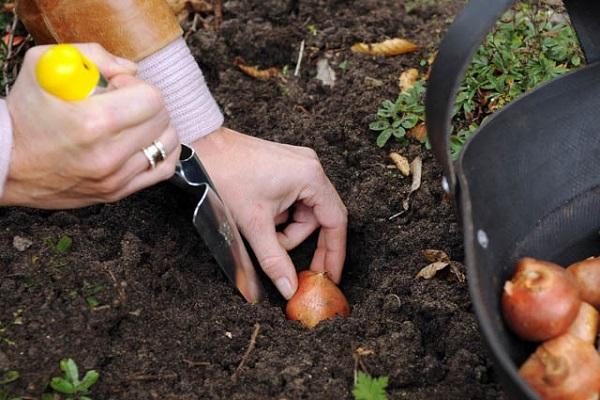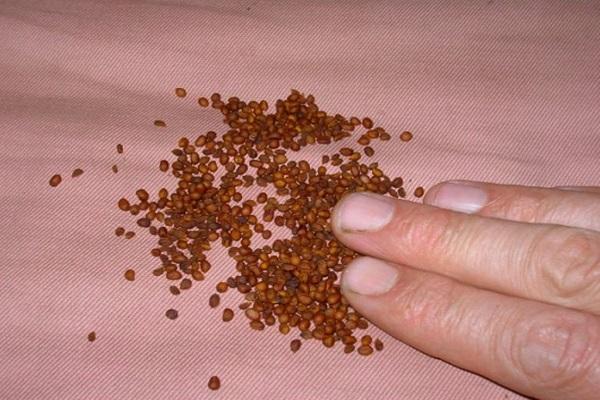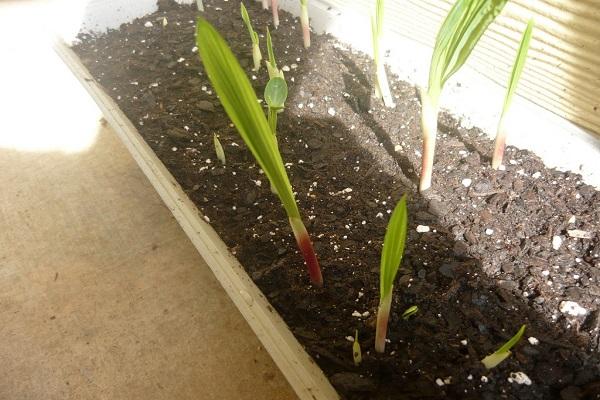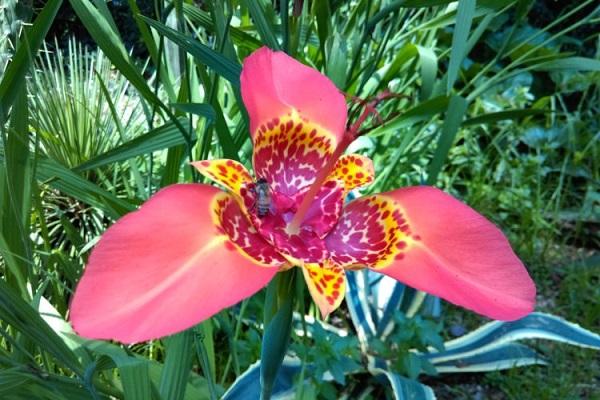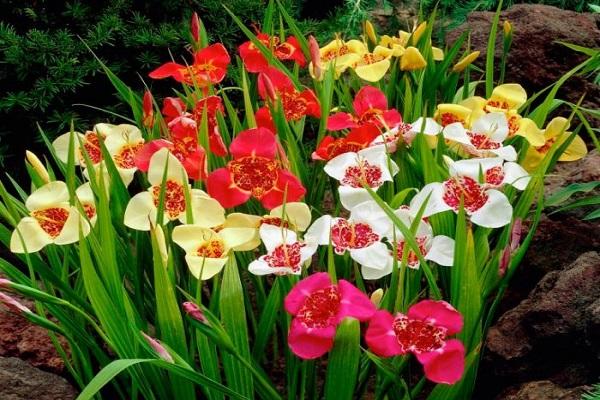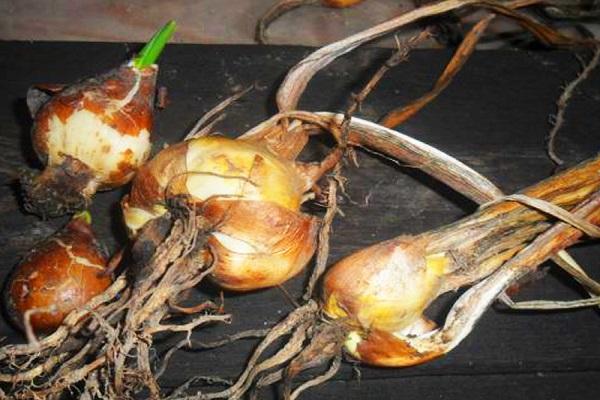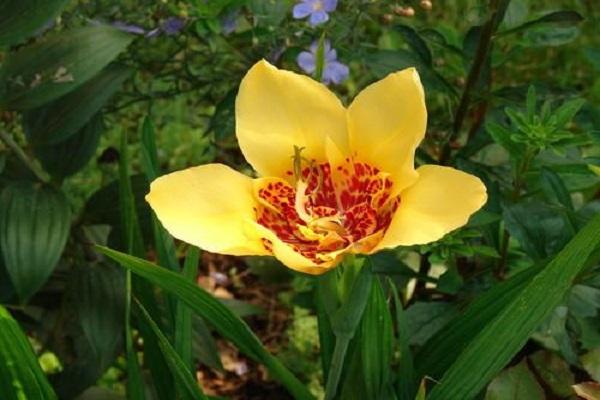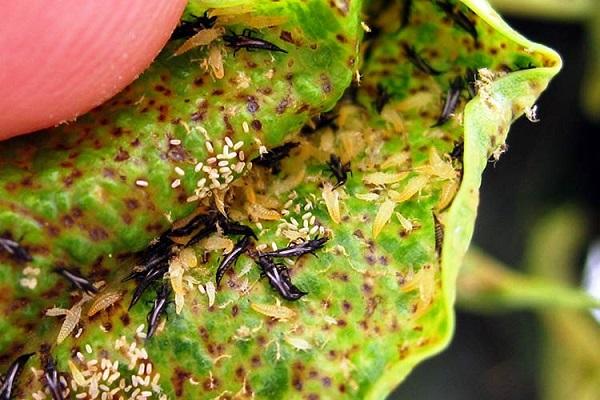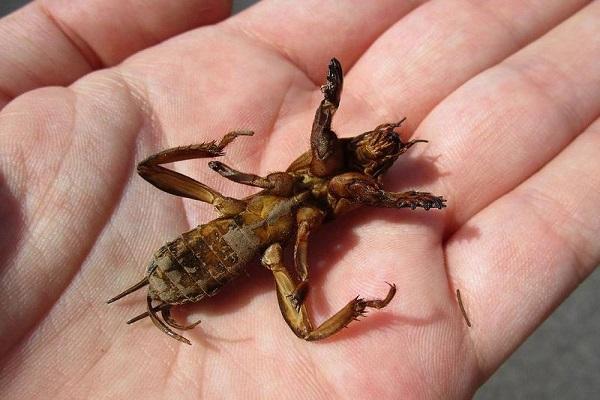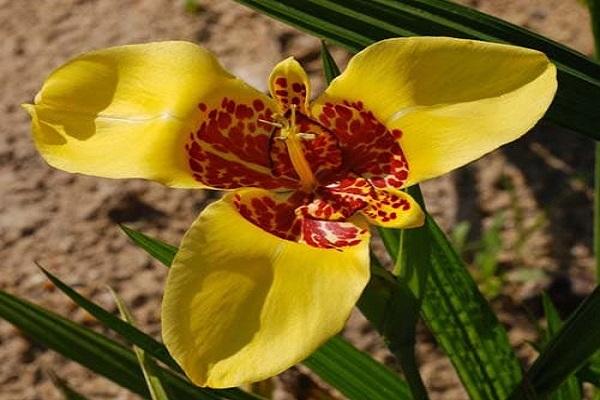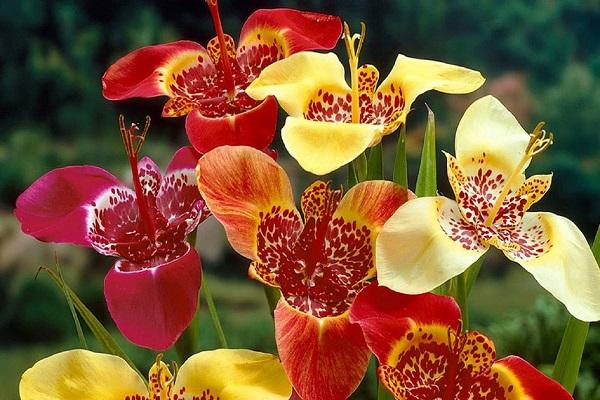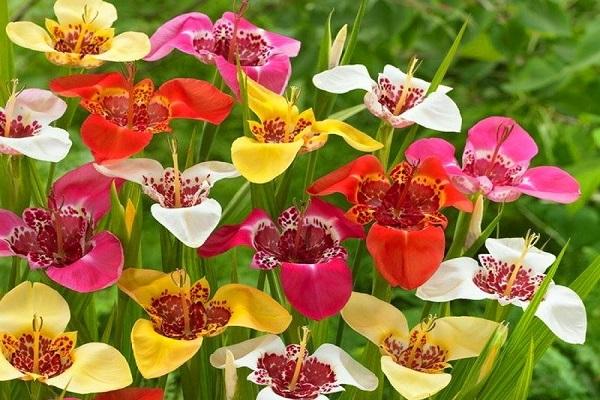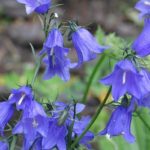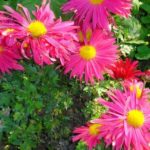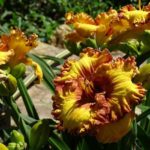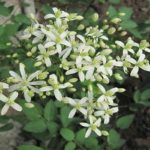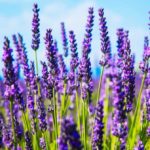Planting tigridia and caring for it in open ground is of interest to many gardeners. This plant is an unpretentious bulbous perennial. It has beautiful flowers. The culture got its name due to the variegated colors of the base of the petals. The plant belongs to the Iris family. Its homeland is the subtropics of America. The flower will certainly fill the garden with bright colors.
- Description and features
- How to plant in open ground
- Deadlines
- Preparation of planting material
- Planting scheme
- Growing and care
- Watering
- Loosening and weeding
- Top dressing
- Mulching
- Removing faded flowers
- Installation of supports
- Transfer
- Reproduction
- Collection and storage of seeds
- Vegetative method
- How to dig and store in winter
- Diseases and pests
- Rot
- Rust
- Scab
- Thrips
- Slugs
- Cabbage scoops
- Medvedki
- Popular varieties
- Alba
- Aurea
- Carminea
- Lilacea
- Rosalind
- Canariensis
- Speciosa
- Ferrari mixed
- What species are used for selection?
- Use in landscape design
Description and features
Tigridia is one of the varieties of perennial herbaceous crops that originated from South America. The height of the flower reaches 30-70 centimeters. The rhizome is a bulbous formation. On top it is covered with dry films of a brown tint.
The leaves have a belt-like shape and a corrugated texture. They form a fan and emerge directly from the rosette. There is a straight stem in the central part.
Flowering of the plant begins in July and continues until autumn frosts. Each bulb produces 6 peduncles. They have 2-3 buds. The corolla includes 6 petals, 3 of which are larger.
After flowering ends, fruits appear on the plant in the form of boxes. Each of them contains several brown seeds.
How to plant in open ground
To grow a strong and viable plant, it is necessary to adhere to the timing and technology of planting.
Deadlines
It is recommended to plant tigridia in the soil in late spring. It is best to do this in May. In the south, planting work can be carried out at the beginning of the month, in moderate latitudes - in the middle. It is not worth planting the plant in the fall.
Preparation of planting material
The simplest method of propagating a flower is considered to be bulbous. To do this, it is recommended to plant already sprouted bulbs in the ground. You can also grow the plant from seeds. To do this, it is enough to sow them in spring in boxes or pots. When the frosts have passed, the seedlings are transferred to the ground.
Planting scheme
First, you need to make 8-12 centimeter depressions in the area and water them. Between the holes you should maintain a distance of 15-20 centimeters. This will provide the sprouts with sufficient space and make it easier to care for.
Growing and care
Caring for the crop is quite simple. It is enough to water it and apply fertilizers in a timely manner. Mulching the soil is of no small importance.
Watering
The plant needs sufficient watering. Regular soil irrigation is not enough. When growing tigridia, it is important that the soil is well saturated. The frequency of watering is chosen taking into account the frequency of precipitation. In dry summers, this procedure is carried out every day, and the upper part of the flower is additionally irrigated.
Loosening and weeding
Tigridia does not need loosening. It is enough to cover the soil with peat or humus. In this case, you need to systematically weed the beds. This will help prevent the spread of weeds.
Top dressing
After planting the plant, you need to add nitrogen fertilizer to the soil. 30-40 grams of fertilizer are used per 1 square meter. When tigridia begins to bloom, use nitrophoska in the same volume.
Some gardeners fertilize the plant at intervals of 2-3 weeks, using a complex preparation. It is applied at the root during watering.
Mulching
To ensure full development of tigridia, the soil surface should be covered with peat or humus. Under such a layer the soil will remain loose for a long time. Mulching helps prevent soil compaction.
Removing faded flowers
After flowering ends, faded buds must be removed. Thanks to timely pruning, it is possible to preserve the decorative properties of the crop and ensure the appearance of new flowers.
Installation of supports
Weak plants need additional support. It is recommended to tie them to supports.Otherwise, the first gusts of wind will lead to breakage of flower stalks.
Transfer
For earlier flowering, the bulbs should be grown at home. At the beginning of spring, they are planted in a pot and provided with moderate watering. As germination progresses, the soil needs to be moistened more and more. When arrows appear, the plant should be moved to a warm windowsill.
It is recommended to replant the flower in open ground in early June. To do this, you need to make a hole 50-60 centimeters deep. It is worth considering that after transplantation the crop requires abundant watering.
Reproduction
Tigridia can be propagated using seeds or bulbs. Each method has certain features.
Collection and storage of seeds
Planting material can be bought at a special store or prepared independently. To do this, you need to remove the seeds from the seed pod. At the beginning of spring they are planted in a special container. After 2 weeks, sprouts will appear. At the beginning of summer, tigridia is transplanted into the soil.
Vegetative method
The more common propagation method is bulbous. This is a fairly simple manipulation. To carry it out in the spring, the bulbs are divided into several fragments and planted in open soil.
How to dig and store in winter
Preparing the crop for wintering is of great importance. The plant can bloom before frost, but in this case the bulbs do not have time to accumulate nutrients for the next season. Therefore, a couple of weeks before the temperature drops, the flower stalks should be cut off. When the leaves wither, the bulbs need to be dug up.
It is worth removing only part of the soil to avoid damage to the daughter shoots. Within 1 month after digging, the bulbs are dried at room temperature. After 15-18 days, they get rid of the remaining soil, completely cut off the roots and remaining greenery.
Dried onions should be stored in a cool, dry place. It is recommended to do this in a container with sand. In conditions of high humidity, they should be placed in nets and hung.
Diseases and pests
The plant quite often encounters various diseases and harmful insects. To avoid problems, it is worth treating the flower on time.
Rot
This disease manifests itself in the form of focal spotting on the leaves and stems of the crop. A viscous mush accumulates in each spot. It may have a brown, white or black tint. Bordeaux mixture will help cope with the problem. You can also use Cuproxat.
Rust
The disease is accompanied by the appearance of round formations on the flower. They can come in different sizes, but always include a bright red colored powder. When cracked, it spills out. To eliminate the disease, you need to use Polygard, Flutrivit or similar drugs.
Scab
The disease is characterized by foci of infection on the surface of the culture. This causes the top layers of the leaves to peel off. Spots, ulcers, and warts appear on them. To prevent the disease, it is worth treating 2-4 times during the season with such agents as Fitosporin-M, Profit Gold or similar drugs.
Thrips
Small black dots on the plant help identify the pest. With severe damage, parasites provoke the appearance of dry ulcers. They also cause foliage to curl and die. A characteristic feature of infection is dry netting on the leaves. Abamectin and Fitoverm help to cope with thrips.
Slugs
They eat young leaves and stems, which provokes general oppression of the plant. To identify slugs, you should pay attention to the white mark on the plant and soil.Glanzit, Mesurol and similar drugs help control pests.
Cabbage scoops
The caterpillars of this insect eat buds, foliage, and seed pods. The pest overwinters in the soil. Therefore, before frost, you should dig up the soil. As a result, the cutworm pupae will end up on the surface of the ground, which will lead to their death.
Medvedki
These pests attack the bulbs and root system of the plant, which leads to its wilting. Parasites can be detected by small bumps and holes in the ground. Before planting, the bulbs should definitely be treated with Confidor, Aktara or similar means.
Popular varieties
Tigridia has about 50 species. They differ in height, bud color, and growing conditions.
Alba
This perennial plant is characterized by branching stems. They can reach 60-70 centimeters in height. The leaves have an elongated shape and a light green tint. They are covered with longitudinal folds. The plant usually has 5 flower stalks. Each of them contains 4-5 buds. They bloom one by one. The flowers are characteristically cup-shaped. The diameter is 10-15 centimeters.
Aurea
This ornamental plant has fairly strong and straight stems. They are 45-55 centimeters in height. The culture does not need to be tied up. The inflorescences are cup-shaped. The petals have a rich yellow tint and a scarlet center. The diameter is 10-14 centimeters. The leaves are characterized by a light green tint and an elongated shape. Flowering begins in July.
Carminea
The flower has a fairly strong stem 65 centimeters high. The leaves have a green tint and contain longitudinal veins. Each plant has 3-4 peduncles, which form 4-5 inflorescences.The flowers are cup-shaped. The petals are characterized by a rich orange hue. The middle is covered with yellow spots. The diameter of the flowers is 13-14 centimeters. Flowering continues throughout July and August.
Lilacea
This crop is characterized by straight stems 50-60 centimeters high. The leaves are elongated and covered with veins. They are characterized by a light green hue and a pointed shape. The inflorescences have a bright hue. The petals are soft pink, and in the middle you can see carmine spots. The shape of the flowers resembles a bowl. Their diameter is more than 11 centimeters.
Rosalind
The height of the plant reaches 40-50 centimeters. The leaves are oblong in shape and covered with veins. The plant has up to 5 peduncles, which contain 3-5 inflorescences. The petals have a soft pink tint. They reach 12-14 centimeters in diameter. The flower is shaped like a bowl. The plant blooms from July to August.
Canariensis
The plant has dim inflorescences of pastel colors. At the same time, the bud has a rich red tint. The size of the inflorescences is 10-15 centimeters.
Speciosa
The flower is characterized by straight stems that reach 45 centimeters in height. Each plant has 5 flower stalks with 4-5 inflorescences. The petals have a rich red tint. In the middle, red spots can be seen on a yellow background. The flowers resemble a bowl in shape. They reach 15 centimeters in diameter. The plant begins to bloom in July.
Ferrari mixed
The Tigridia Ferraria mixed variety mixture is very popular. The height of the bush reaches 60 centimeters. The leaves are sword-shaped. The flowers are 15 centimeters. The outer petals are uniform in color. It can be yellow, red, white.There are lilac-pink and orange flowers. There are spots on the inner petals.
What species are used for selection?
Breeders use different types of tigridia - Mexican, with yellow flowers, and pink tubular. Celeriana is also very popular. It has lilac-blue inflorescences. The peacock tigridia looks very beautiful.
Use in landscape design
Tigridia is often used in landscape design to create group plantings. When planting different varieties of plants in one place, it is possible to obtain a variegated flower bed. At the same time, it is important to remember a sense of proportion. You should not combine the plant with others with variegated flowers.
Bright flowers look very beautiful on a green background. It is created by low plants and lawn. Green coniferous crops and shrubs are well suited. The advantage of tigridia is the ability to grow in tubs or pots.
Tigridia is a spectacular plant that can become a real decoration for a flowerbed or garden. To get a strong and viable flower, it needs to be properly cared for. To do this, it is worth considering the basic recommendations of experts.

